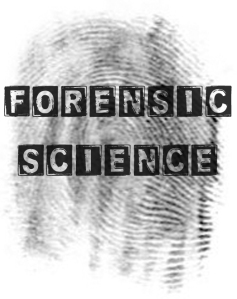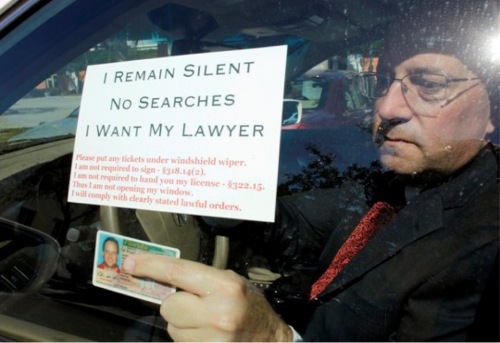Probable Cause to Arrest
by Bell Law Firm
In Baltimore Maryland, the chief prosecutor for that state judicial district held a press conference and announced the state had “probable cause to make an arrest” of the law enforcement officers connected with Freddie Gray’s death. The anticipated charges are homicide and related lesser offense such as misconduct. According to reports, Mr. Gray died after sustaining a spinal cord injury while he was in police custody. The prosecutor cited repeated mistreatment of Mr. Gray. During Mr. Gray’s initial arrest, seizure and custody transport. Mr. Gray was abused, was arrested without probable cause, and the officers involved violated numerous police procedures. Moreover, the officers neglected to seek medical treatment at all after Mr. Gray was injured. You can view a full timeline of the events as compiled by the New York Times here.
Two important legal questions have surfaced as a result of this announcement. One, what was the basis of Mr. Gray’s initial arrest, and did that basis amount to probable cause to seize and detain him? The answer is very simple: No. Mr. Gray had in his possession a knife, located in his pants pocket. It was not an illegal weapon, prohibited by law. The arrest of Mr. Gray for possession of an unlawful weapon was without probable cause.
The next question is, what is the basis of the officers arrest, and did that basis amount to probable cause to seize and detain the officers? The answer again is very simple: yes. The officers, based upon a review of the film footage, statements of witnesses, review of procedures, and the totality of the circumstances show that they, in connection with each other recklessly failed to safely restrain Mr. Gray during the course of an illegal seizure of Mr. Gray’s person, which resulted in Mr. Gray’s death.
What is probable cause, then, in the legal sense? It simply means that amount of proof necessary to bring forth charges and set the process for a trial on the issue of guilt for the conduct of the officers in their handling of a person in custody. It does not mean that the officers are guilty beyond a reasonable doubt. It does not mean the evidence is more likely than not that the officers violated the criminal law, or that they are guilty of the crimes charged. It merely means that there is sufficient evidence to initiate the legal process.
A common definition that we learned in law school is that probable cause exists where the facts and circumstances within the officers’ knowledge, and of which they have reasonably trustworthy information, are sufficient in themselves to warrant a belief by a man of reasonable caution that a crime is being committed. For example, if you saw me in raincoat and it was wet, you would have probable cause to believe that it was raining outside.
Like the rest of the country, we will continue to follow the Freddie Gray story as the wheels of justice continue to turn.
James A.H. Bell is the founder of Law Offices of James A.H. Bell, P.C. in Knoxville, TN. Mr. Bell has over 40 years of experience in both criminal and civil litigation and may be contacted by calling 865-637-2900 or by email at jbell@jamesahbell.com. The Bell Law Firm: Client Focused, Court Room Proven.

 Officer conducting a search using a “dog sniff”
Officer conducting a search using a “dog sniff”
